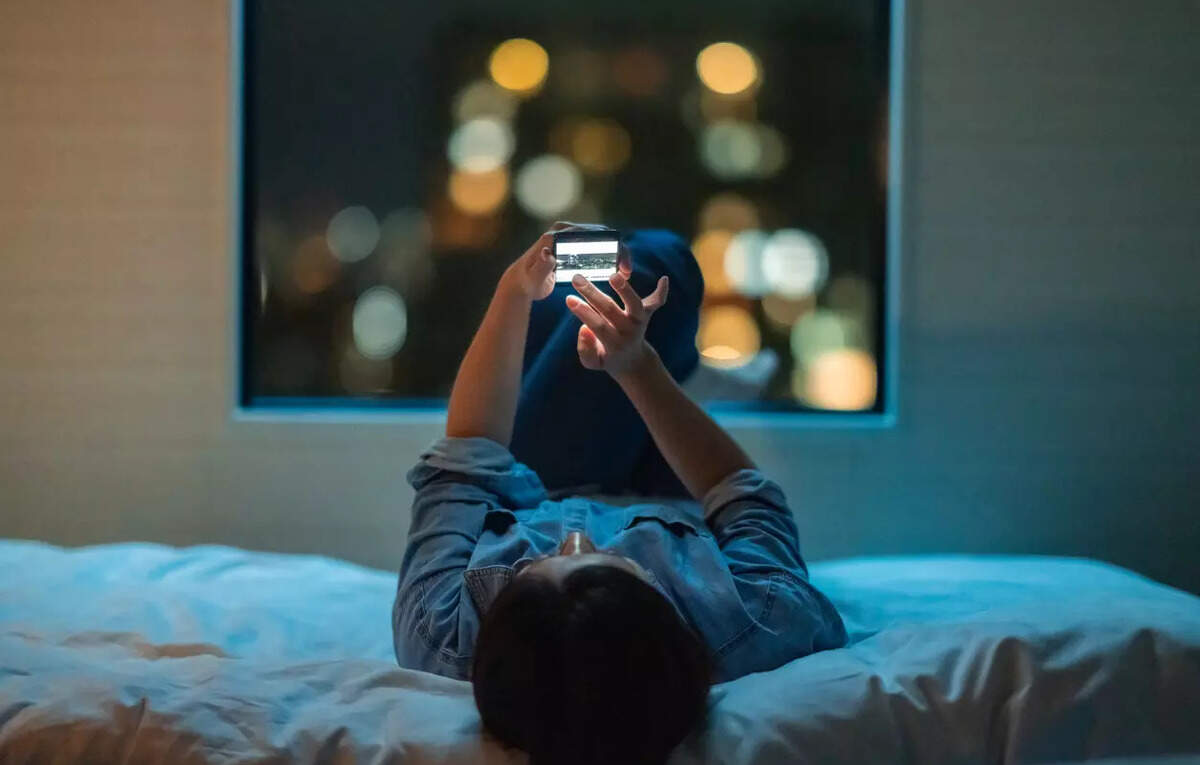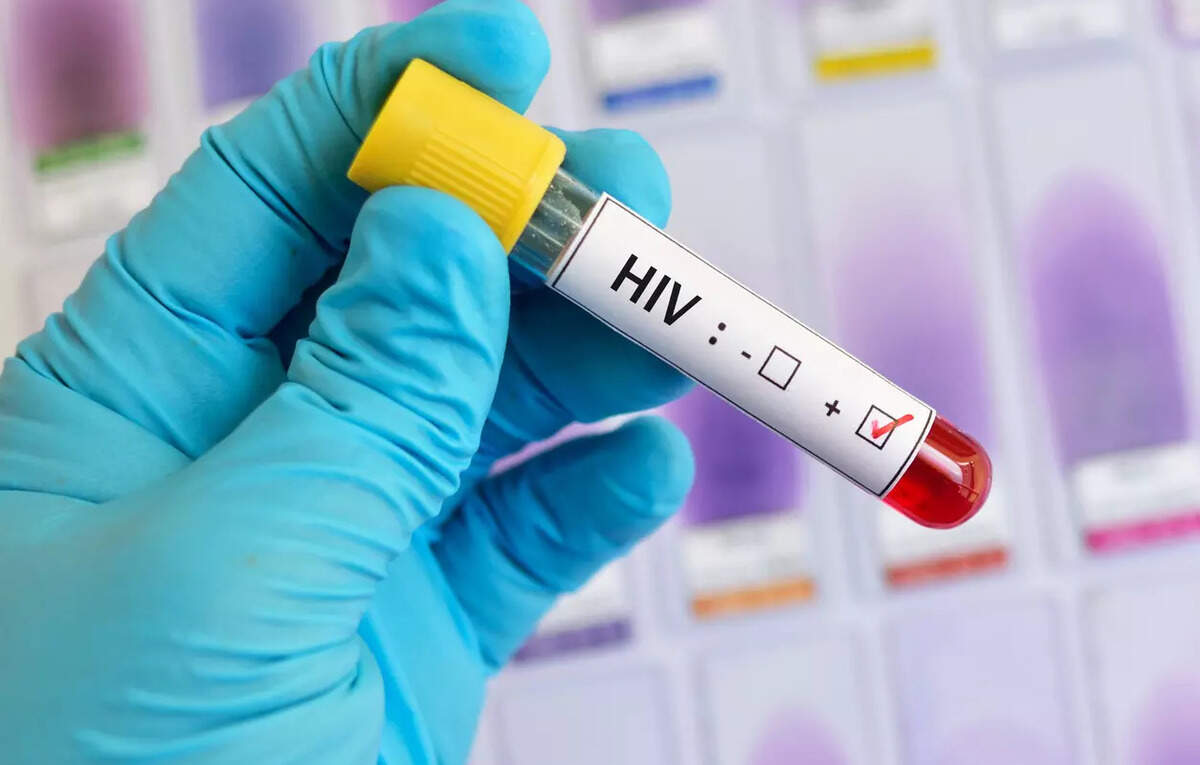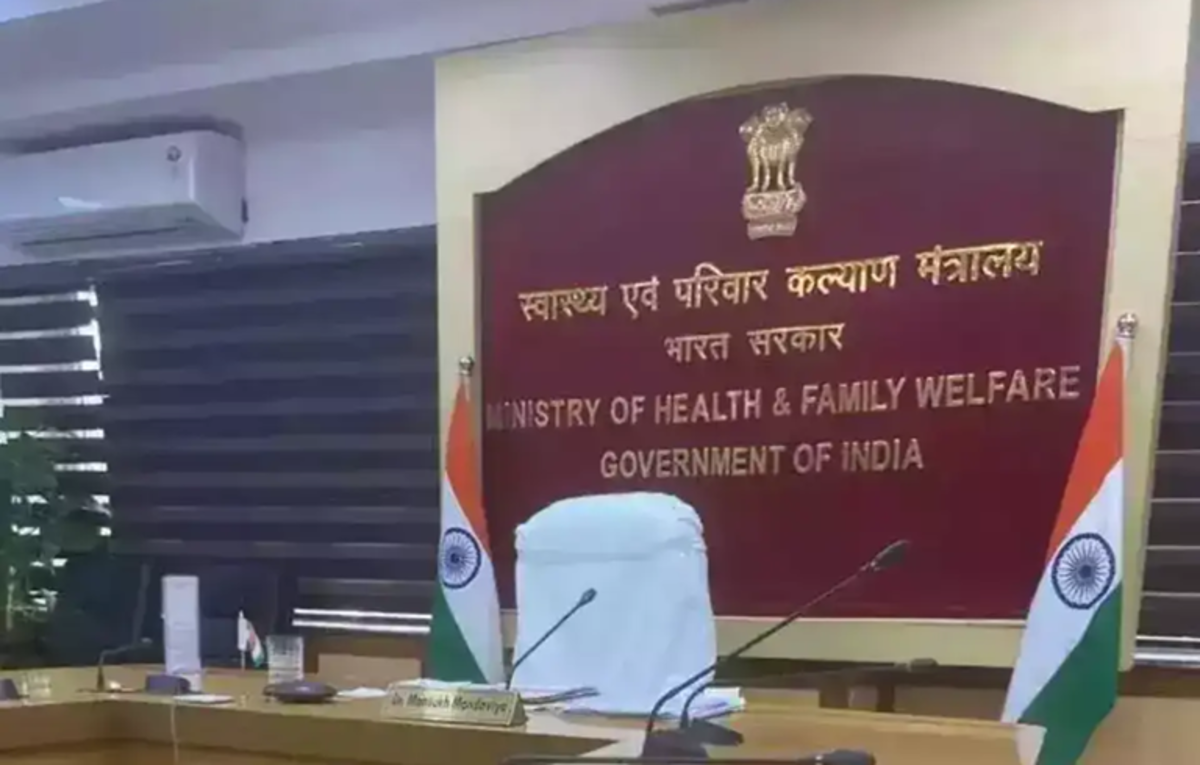
Contents
- 1 Smartphone Addiction in Med Students: A Growing Concern Among Medical Students
- 1.1 The Study: A Closer Look
- 1.2 Smartphone Use: A Double-Edged Sword
- 1.3 Risky Behavior: A Concerning Trend
- 1.4 The Hidden Costs of Smartphone Addiction
- 1.5 The Way Forward: Reducing Screen Time and Promoting Mental Health
- 1.6 Join the Conversation: Share Your Thoughts
- 1.7 Download the ETHealthworld App: Stay Connected
- 1.8 Conclusion
Smartphone Addiction in Med Students: A Growing Concern Among Medical Students
As we navigate the complexities of modern life, it’s becoming increasingly difficult to ignore the pervasive presence of smartphones in our daily lives. For medical students, the situation is particularly concerning. A recent study published in Global Psychiatry Archives has shed light on the alarming rates of smartphone addiction among undergraduate medical students, with approximately 40% displaying symptoms of addiction.
The Study: A Closer Look
Conducted by Dr. Surobhi Chatterjee of AIIMS Mangalagiri in Andhra Pradesh and Prof. Sujita Kumar Kar of KGMU, the study involved 224 medical undergraduates and revealed some startling findings. The research showed that males (46.2%) were more likely to exhibit symptoms of smartphone addiction compared to females (33.3%). But what’s driving this behavior, and what are the consequences for these future doctors?
Smartphone Use: A Double-Edged Sword
The study found that nearly 90% of students used their phones for entertainment purposes, while only 29% reported using them for professional or academic work. A mere 19% of students used smartphones for both purposes. This dichotomy raises important questions about the role of smartphones in the lives of medical students. Are they a necessary tool for staying connected and accessing information, or are they a distraction that’s hind! ering academic performance and mental health?
Risky Behavior: A Concerning Trend
The study also highlighted a concerning behavior linked to excessive phone use. Approximately 186 students admitted to using their phones in potentially hazardous situations, with the most common being phone use while walking on roads (nearly 80%) and crossing roads (37.5%). Female students exhibited more overall risky behavior, while male students were more likely to use phones while driving. These findings are a stark reminder of the dangers of distracted behavior and the need for greater awareness and education.
The Hidden Costs of Smartphone Addiction
Excessive smartphone use was also linked to poor mental health and sleep disturbances. Among female students, feelings of guilt were most common (39.16%), while 43.27% of male students reported anxiety in areas with poor network coverage. Students who used phones more frequently tended to be younger and showed higher levels of addiction, stress, and sleep issues. Prof. Kar warned that smartphone overuse comes with hidden psychological costs, including emotional and behavioral changes such as irritability, anxiety, and frustration.
The Way Forward: Reducing Screen Time and Promoting Mental Health
As we grapple with the challenges of smartphone addiction, it’s essential to recognize the importance of reducing screen time and promoting mental health. By acknowledging the risks and consequences of excessive phone use, we can take steps to mitigate them. This might involve setting boundaries around phone use, engaging in physical activity, and prioritizing face-to-face interactions. As future doctors, medical students have a critical role to play in promoting healthy behaviors and advocating for mental health awareness.
We want to hear from you! Share your thoughts on the impact of smartphone addiction on medical students and the importance of promoting mental health awareness. Join our community of 2M+ industry professionals and stay up-to-date on the latest insights and analysis.
Download the ETHealthworld App: Stay Connected
Stay connected with the latest news and updates from the world of healthcare with the ETHealthworld App. Download now and get access to:
- Real-time updates on the latest healthcare trends and news
- Save your favorite articles and stay organized
- Exclusive insights and analysis from industry experts
Scan the QR code to download the app now!
Conclusion
The study’s findings are a wake-up call for medical students, educators, and healthcare professionals. It’s time to acknowledge the risks of smartphone addiction and take steps to promote healthy behaviors and mental health awareness. By working together, we can create a healthier and more supportive environment for medical students to thrive. Join the conversation and share your thoughts on the importance of reducing screen time and promoting mental health. Together, we can make a difference.
Content originally published by health.economictimes.indiatimes.com















